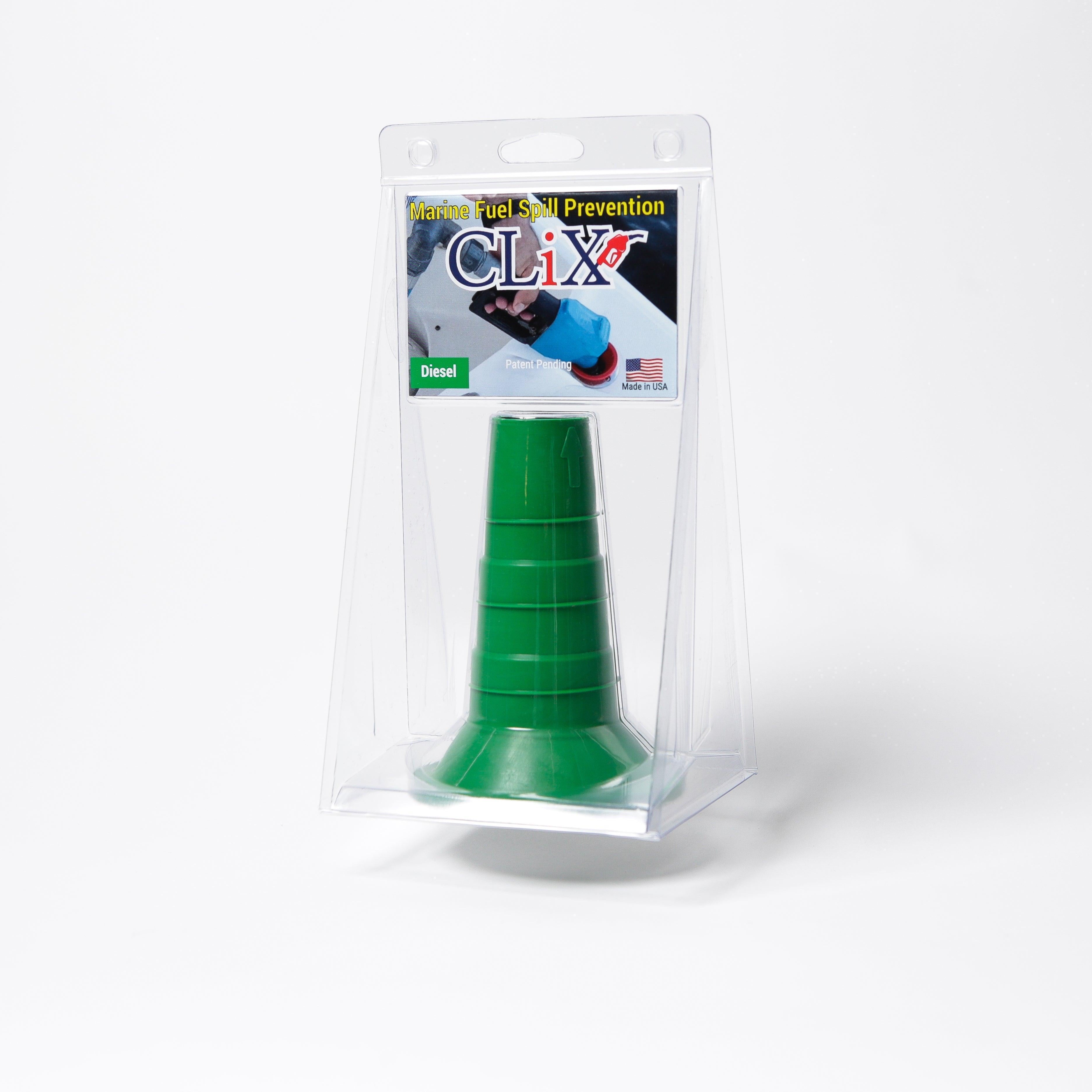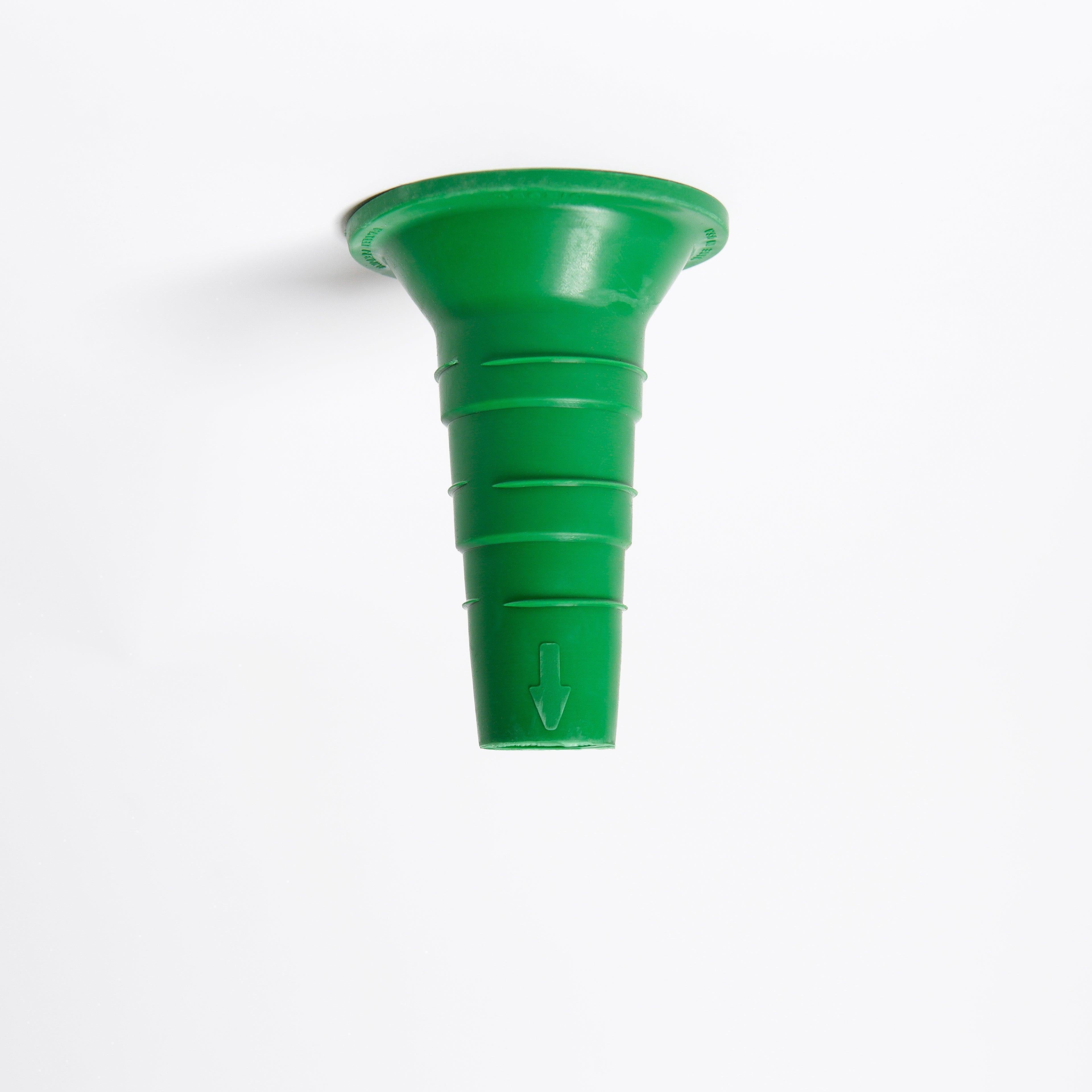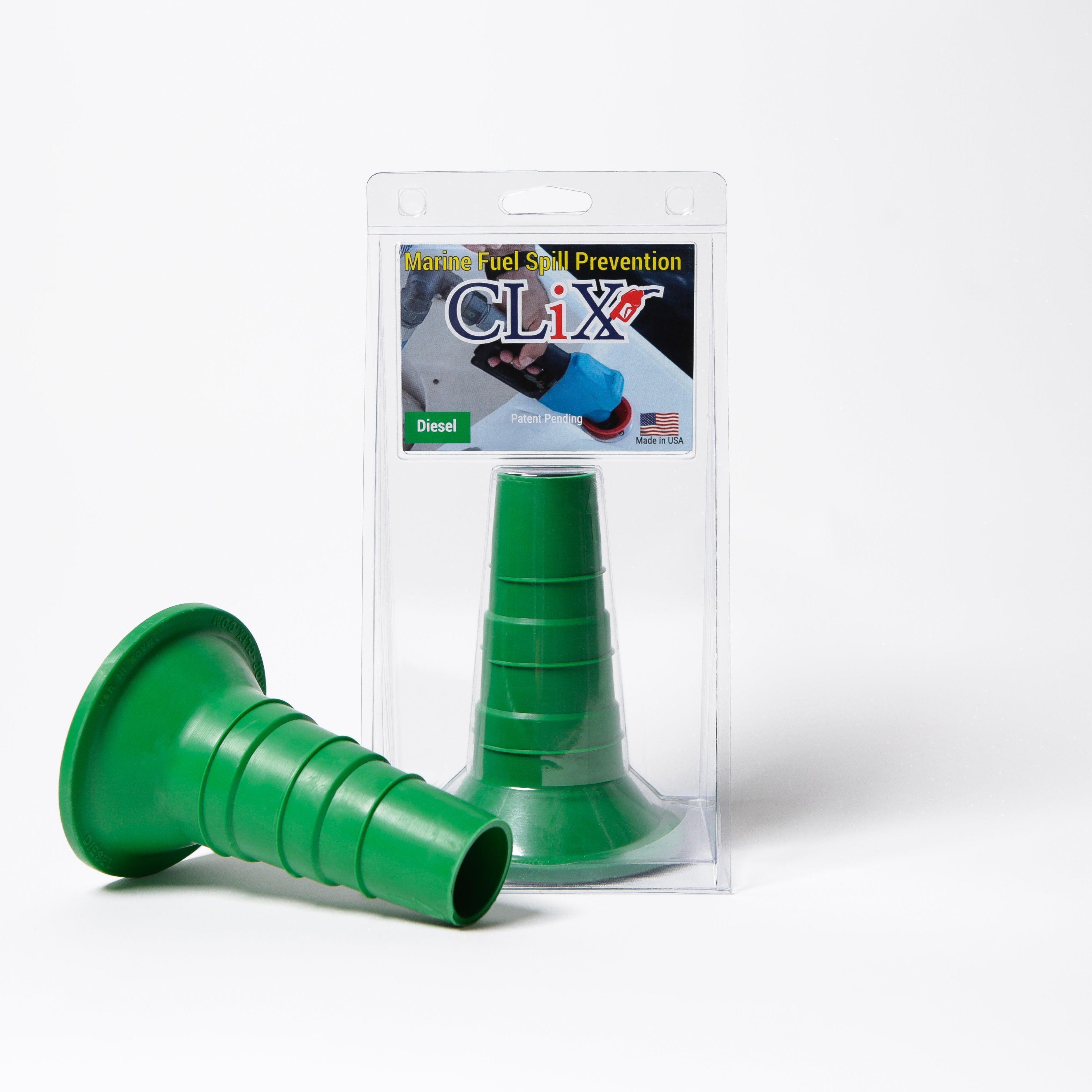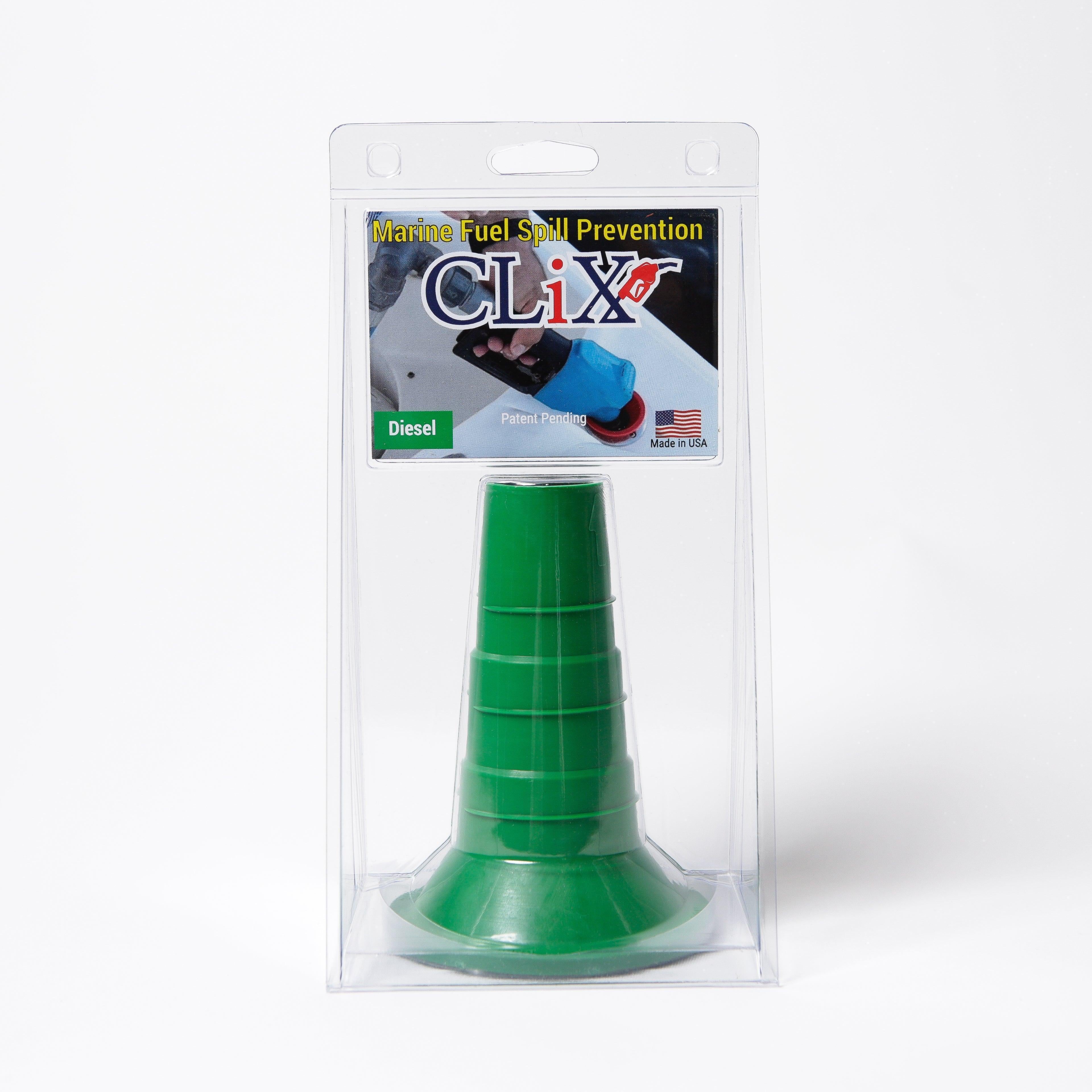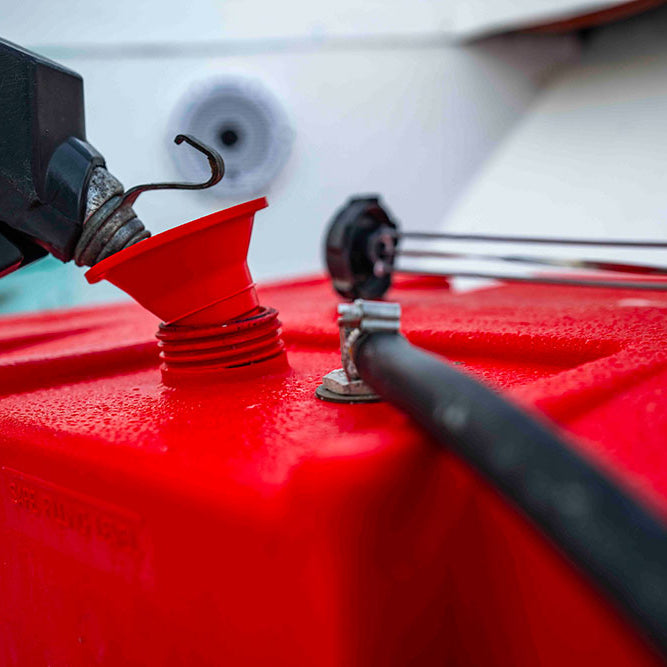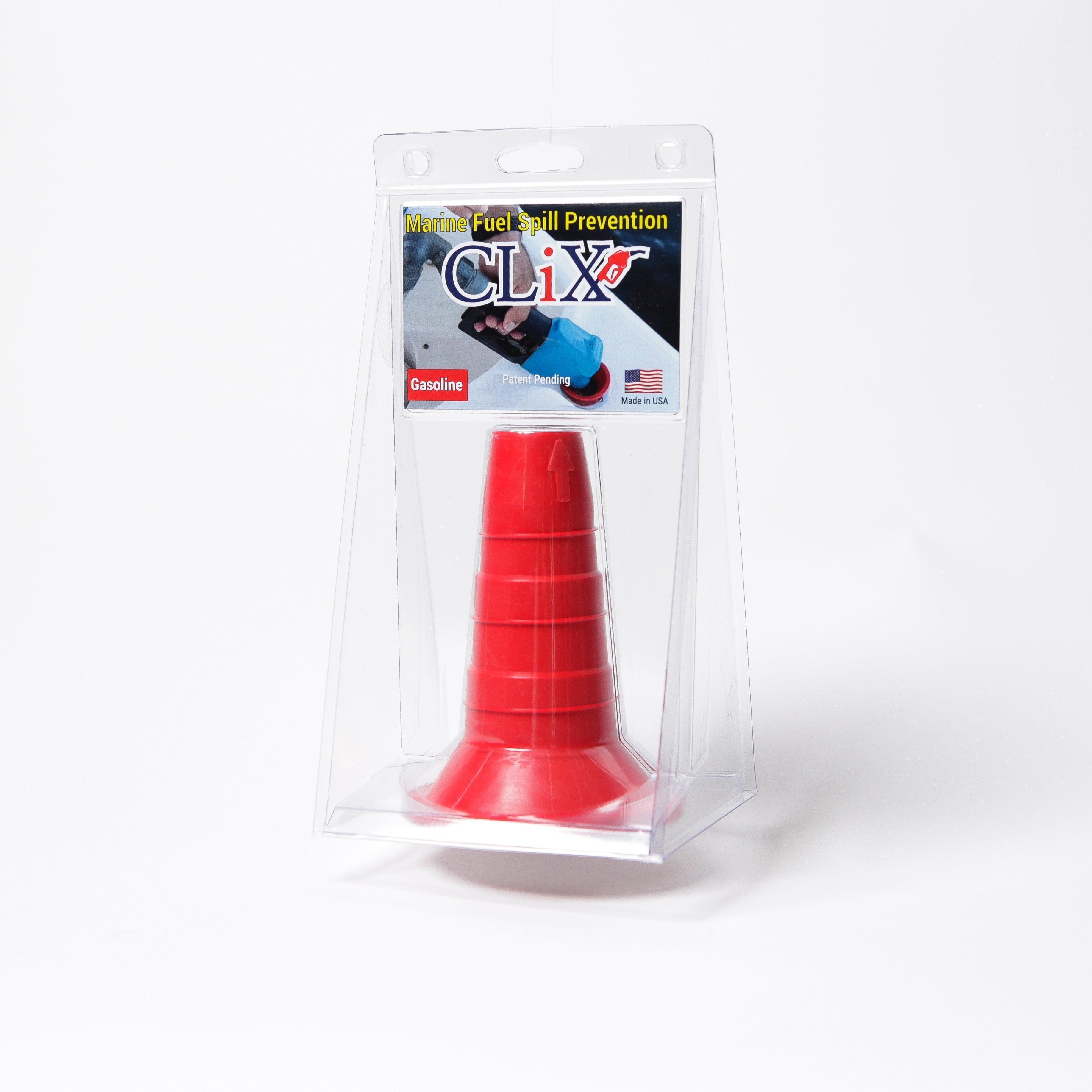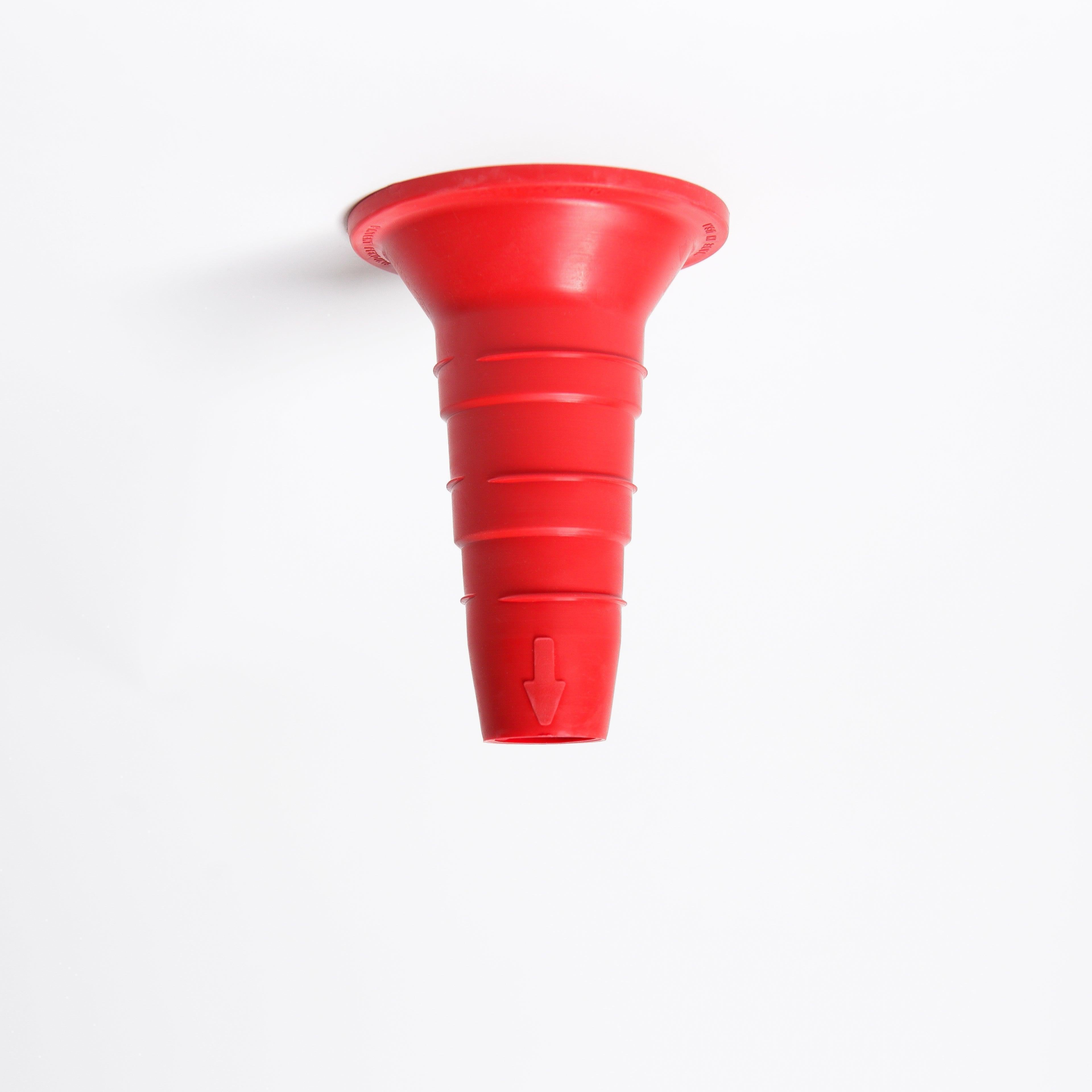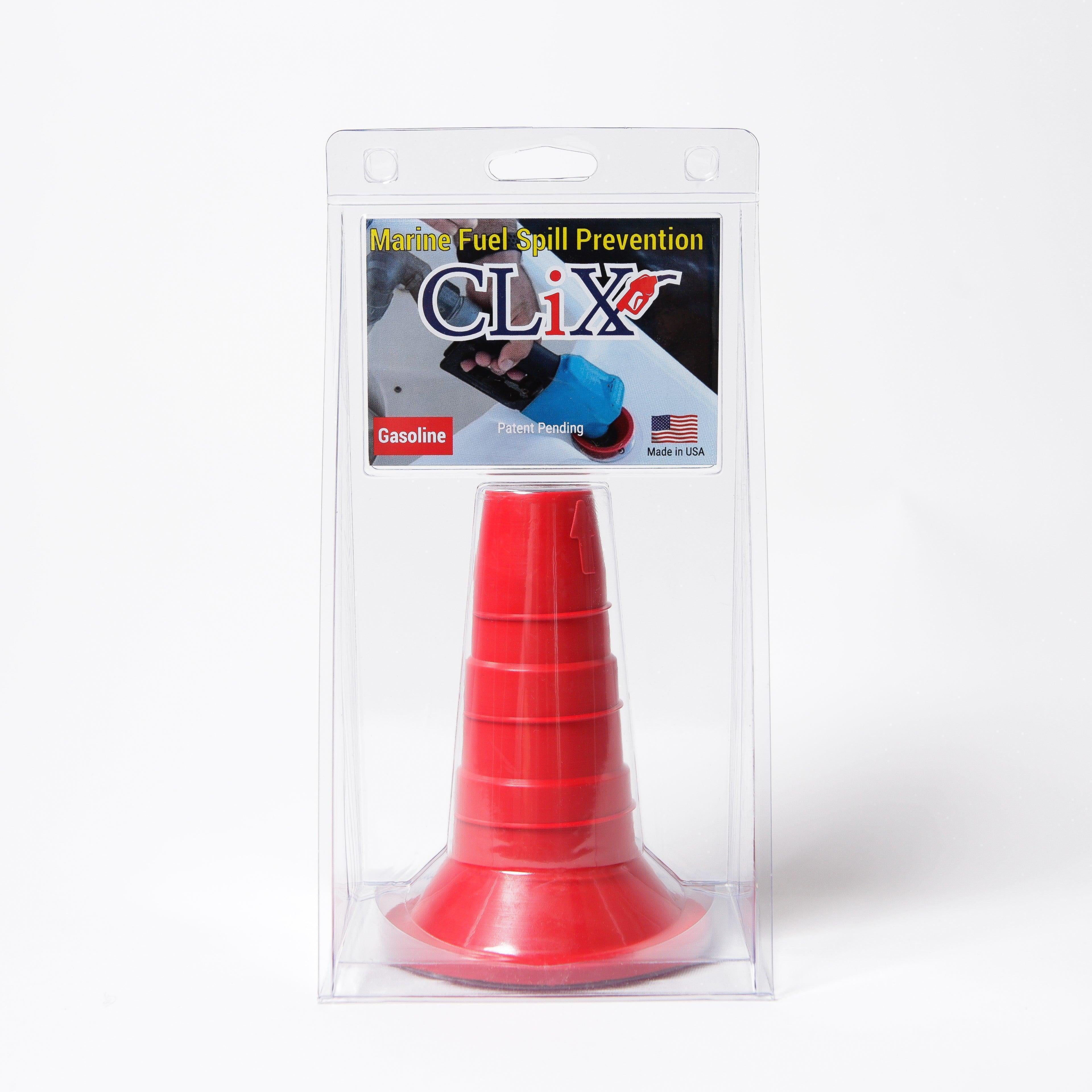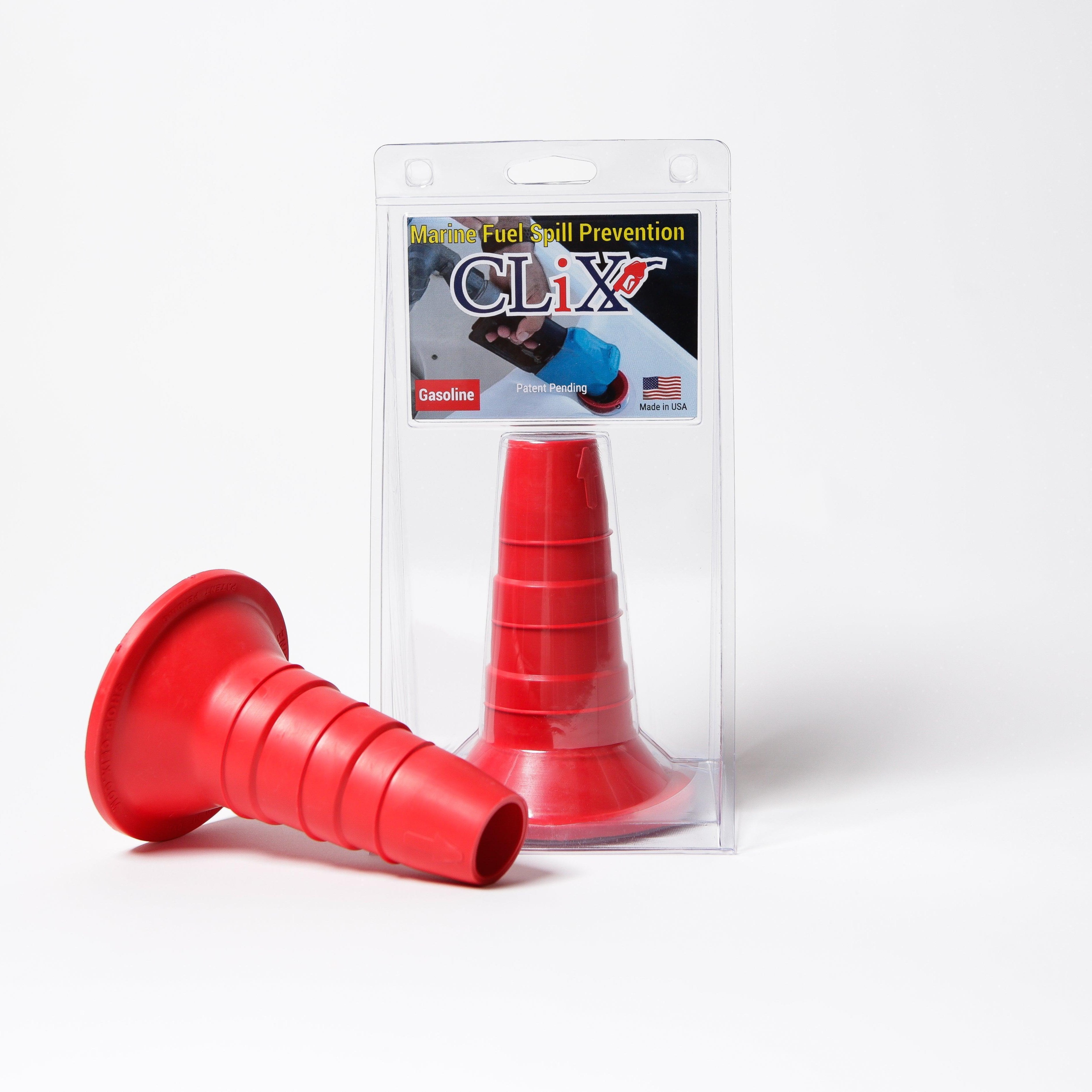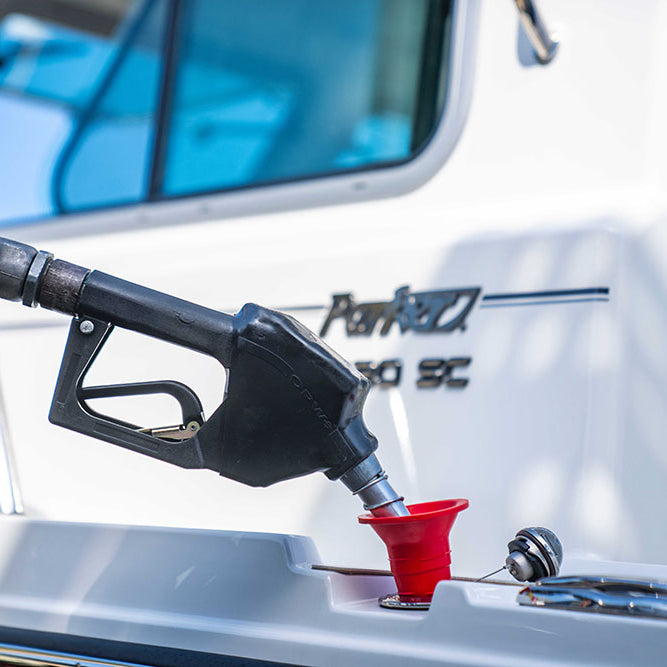The Essentials of 5/16 Marine Fuel Line Systems
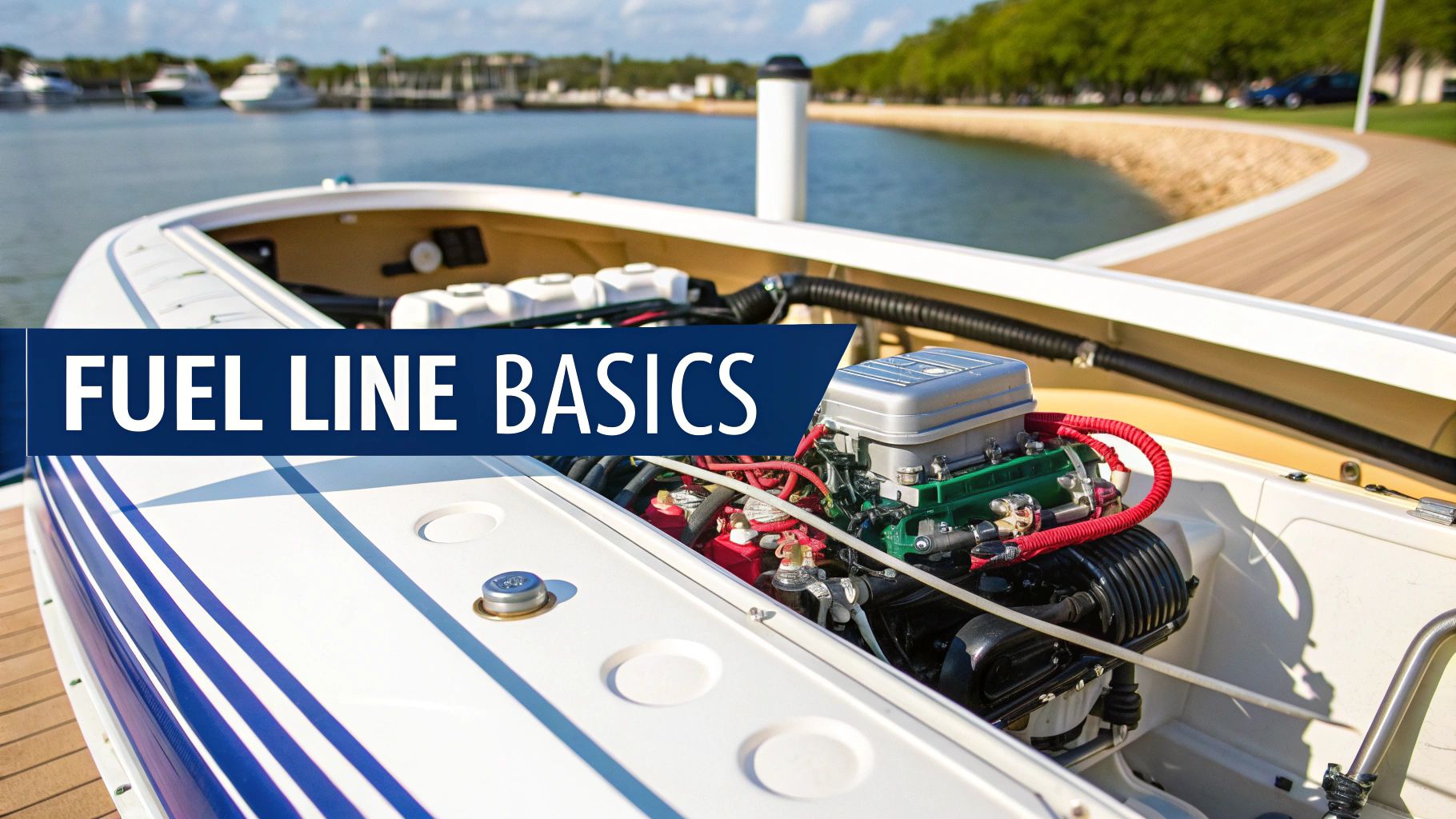
The 5/16" fuel line is a critical component in marine fuel systems. Understanding its function and proper use is essential for any boat owner. This specific size has become a standard for many boats, providing a balance between efficient fuel delivery and a manageable size. It works well for a variety of engine sizes and boat types.
Understanding Fuel Line Materials
The material of your 5/16" marine fuel line is just as important as its size. Different materials offer various benefits in terms of performance and durability. Neoprene is a flexible material that resists oil and gasoline. Nitrile provides excellent resistance to chemicals and abrasion.
Selecting USCG-approved fuel lines ensures you're meeting safety standards and gives you peace of mind on the water. The best material for your fuel line will depend on the type of fuel you use, your boating environment, and your engine's demands.
Fuel Ratings and Pressure Capacities
When selecting a 5/16" marine fuel line, pay close attention to fuel ratings and pressure capacities. The fuel rating specifies the type of fuel the line can safely handle. Some lines are designed for gasoline only, while others are compatible with diesel or blended fuels. The pressure capacity, measured in PSI, indicates the maximum pressure the line can withstand.
Exceeding the pressure capacity can result in leaks or bursts, which can create hazardous situations. Choosing the right fuel line is similar to ensuring proper tire pressure: correct pressure maximizes efficiency and safety.
The marine fuel hose market, encompassing hoses like the 5/16 inch marine fuel line, is experiencing significant growth. In 2022, the market was valued at approximately USD 4.2 billion, with projections reaching USD 5.3 billion by 2030. Factors like increased maritime trade and the growing adoption of liquefied natural gas (LNG) are fueling this expansion. For more detailed statistics, visit: https://www.verifiedmarketresearch.com/product/marine-hoses-market/
Compatibility with Modern Marine Fuels
Marine fuels are constantly evolving with new additives and formulations aimed at better performance and lower emissions. Ensuring your 5/16" fuel line is compatible with these modern fuels is vital.
Using an incompatible fuel line can lead to fuel line degradation, decreased engine performance, or even complete fuel system failure. Much like using the correct oil in your car, the right fuel line protects your engine over time. For more information on fuel lines, refer to our sitemaps.
Choosing a compatible, high-quality fuel line ensures the durability and dependability of your marine fuel system. This contributes to a safer and more enjoyable boating experience. You can also check out our article on How to Extend the Life of Your Fuel Lines for further information on maintenance and best practices.
Choosing Your Perfect 5/16 Marine Fuel Line
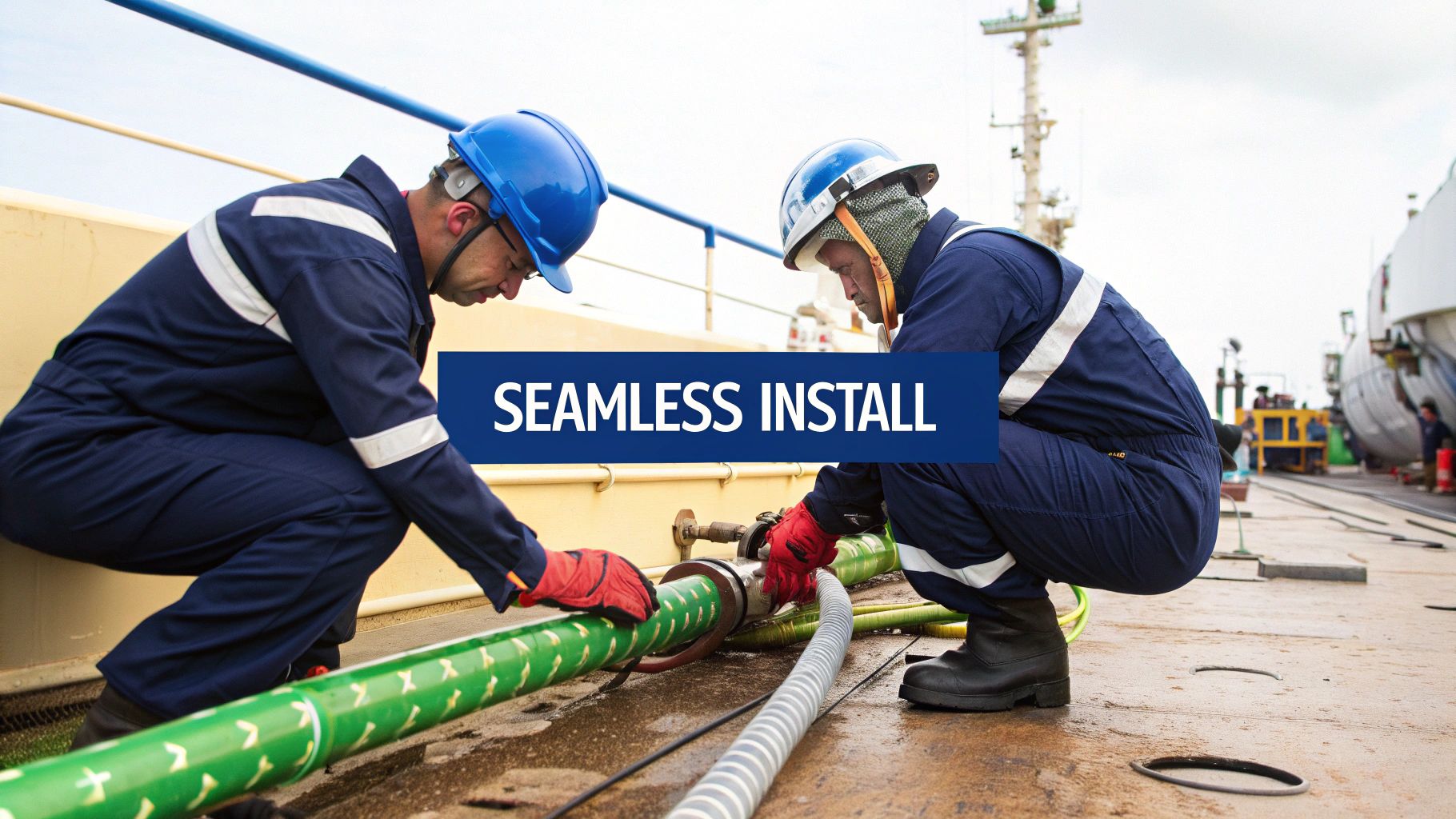
Picking the right 5/16 marine fuel line is essential for trouble-free boating. This often-overlooked component plays a vital role in preventing fuel-related problems. Let's explore the key factors to help you choose the perfect 5/16" fuel line for your boat.
Understanding USCG Certifications
USCG Type A1, A2, and B1 certifications are essential when selecting a marine fuel line. These certifications tell you if the line is suitable for different fuel types and engine horsepower. Type A1 is typically used for gasoline engines under 30 hp, while Type A2 works for gasoline engines up to 225 hp. Type B1 lines are specifically for diesel engines. Using the wrong certification can create safety risks and lead to premature fuel line failure.
Material Matters
The material of your 5/16 marine fuel line impacts its durability and resistance to environmental factors. Common materials include neoprene, nitrile, and USCG-approved blended polymers. Neoprene offers flexibility and good resistance to oil and gasoline. Nitrile provides excellent chemical and abrasion resistance. Always choose a USCG-approved line to ensure it meets safety standards.
The material you select should suit your specific boating environment. This ensures long-term performance and reliability.
The Impact of IMO 2020
The International Maritime Organization's (IMO) 2020 regulation has shifted the marine industry towards low-sulfur fuels. This change requires fuel lines, including the 5/16 inch size, to be compatible with these new fuels. They also need to meet higher environmental standards. Learn more about IMO 2020 and marine fuels.
Environmental Considerations
Environmental factors, like saltwater exposure, temperature changes, and UV radiation, can degrade fuel lines over time. Saltwater can corrode some materials, while temperature fluctuations can cause cracking and hardening. UV radiation can lead to premature aging and deterioration.
Choosing a 5/16 marine fuel line that can withstand your specific boating conditions is crucial for maximizing its lifespan.
Evaluating Product Quality
When choosing a fuel line, look for reputable manufacturers with proven track records. Don't be swayed by misleading performance claims. Consider factors like wall thickness, reinforcement layers, and overall construction quality. These factors directly impact the line's pressure handling and resistance to kinking.
To help you compare different fuel line types, let's look at the table below:
Comparison of 5/16 Marine Fuel Line Types: A comprehensive comparison of different 5/16 marine fuel line materials, specifications, and applications
| Line Type | Material | Max Pressure | Fuel Compatibility | Temperature Range | Best For | Avg. Lifespan |
|---|---|---|---|---|---|---|
| A1-15 | Nitrile | 15 PSI | Gasoline | -40°F to +257°F | Outboard motors under 30 hp | 5-7 years |
| A1-30 | Neoprene | 30 PSI | Gasoline | -30°F to +180°F | Outboard motors under 30 hp | 7-10 years |
| A2 | Nitrile | 50 PSI | Gasoline | -40°F to +257°F | Inboard/outboard motors up to 225 hp | 10-15 years |
| B1 | USCG-approved Blended Polymer | 75 PSI | Diesel | -40°F to +212°F | Diesel engines | 15+ years |
This table highlights the key differences between various 5/16" fuel line types, including material, pressure rating, and fuel compatibility. Choosing the right type ensures optimal performance and safety for your specific engine and fuel type.
Choosing the right 5/16 marine fuel line requires careful consideration. By understanding USCG certifications, material properties, environmental factors, and product quality, you can make an informed decision. This will contribute to safer and more enjoyable boating.
Expert Installation of 5/16 Marine Fuel Lines
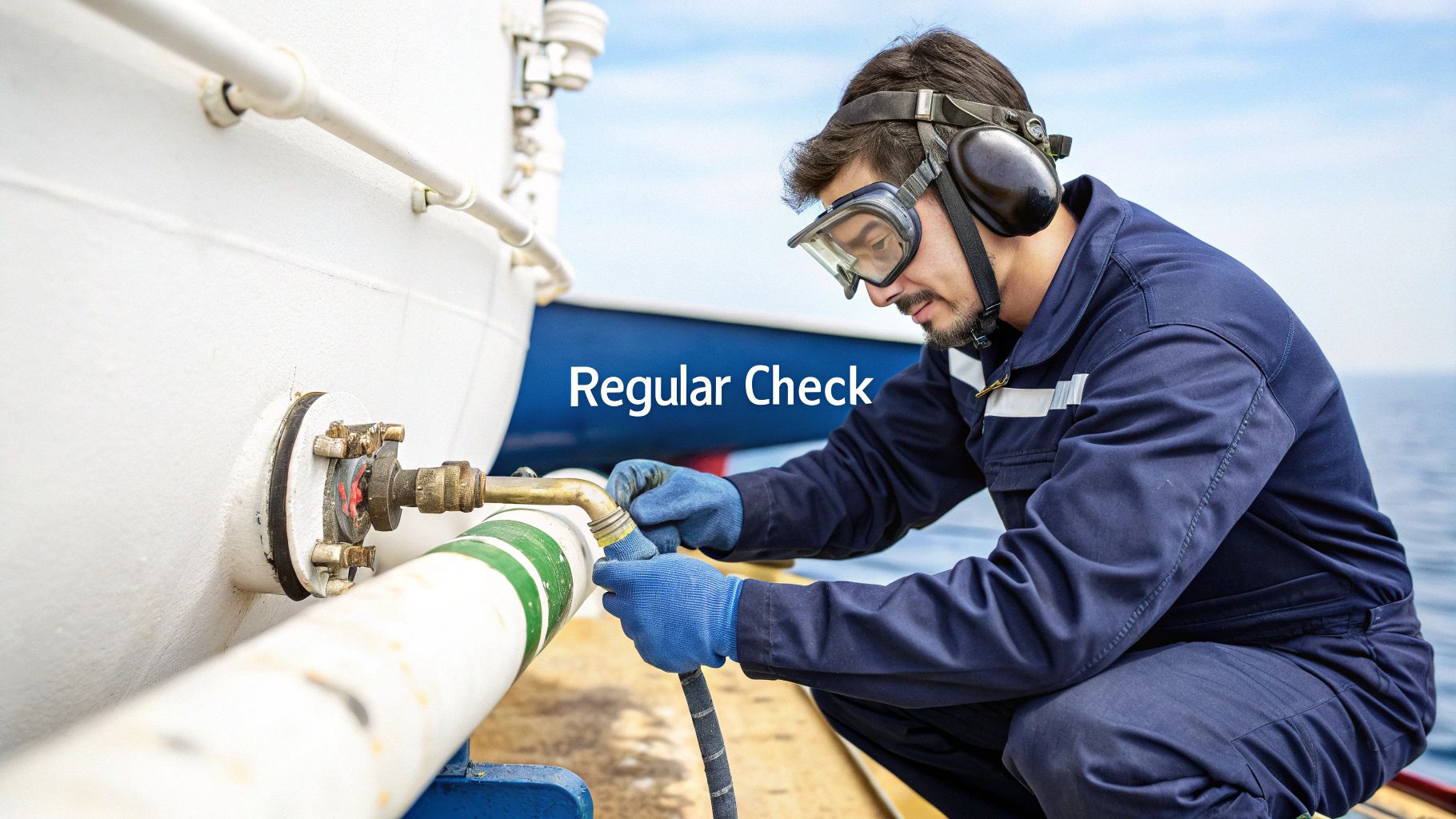
Now that we understand how to choose the right 5/16 marine fuel line, let's look at how to install it. Proper installation is essential for both safety and optimal engine performance. This guide, based on the experience of seasoned marine technicians, will help you get it right the first time.
Preparation Is Key
Before starting, gather all the necessary tools and materials. You'll need a fuel line cutter, hose clamps, and the appropriate fittings. Also, confirm that your fuel line is compatible with both your engine and fuel type. Careful planning will help ensure a smooth process.
Achieving Leak-Free Connections
Leak-free connections are paramount. This means using the correct size and type of fittings for a snug fit, and securing them with the right number of hose clamps. Over-tightening can damage the line, while under-tightening invites leaks. Aim for just the right amount of pressure, like tightening a bolt securely without stripping the threads.
Routing and Securing Fuel Lines
Route your 5/16 marine fuel line carefully. Avoid sharp bends and areas where the line might rub against other components. Use clips or clamps to secure the line at regular intervals. This protects it from abrasion and vibration, extending its lifespan.
Understanding Bend Radius and Fitting Selection
The bend radius is the smallest radius the fuel line can bend without kinking or restricting fuel flow. Exceeding this radius can restrict fuel delivery and damage the line. Choosing the right fittings, such as elbows and connectors, ensures a smooth flow and minimizes pressure drops.
The Importance of Testing
After installation, test thoroughly before using your boat. Check all connections for leaks and ensure proper fuel flow to the engine. This simple precaution can prevent dangerous situations on the water.
Troubleshooting and Verification
Even with careful installation, problems can occur. Knowing how to troubleshoot—identifying leak sources or addressing pressure fluctuations—is important. A steady fuel pressure reading and no fuel odor indicate a successful installation. For more information, check out our blog resources on fuel line maintenance.
5/16 Marine Fuel Line Installation Checklist
The following table provides a helpful checklist for installing your 5/16 marine fuel line. It outlines the necessary tools, materials, important considerations, and safety precautions for each step.
| Step | Required Tools/Materials | Important Considerations | Safety Notes |
|---|---|---|---|
| 1. Measure and Cut | Fuel line cutter, measuring tape | Account for bends and fittings | Wear safety glasses |
| 2. Install Fittings | Correct size and type fittings, hose clamps | Ensure snug fit, avoid over-tightening | Check for burrs on fittings |
| 3. Route and Secure | Clips or clamps | Avoid sharp bends and chafing points | Ensure adequate clearance from hot components |
| 4. Test for Leaks | Fuel pressure gauge, fuel source | Check all connections thoroughly | Perform test in a well-ventilated area |
By following these steps, you'll ensure a reliable and efficient fuel system for years to come. A proper installation is crucial for a safer and more enjoyable boating experience.
Creating a Seamless 5/16 Fuel Line System
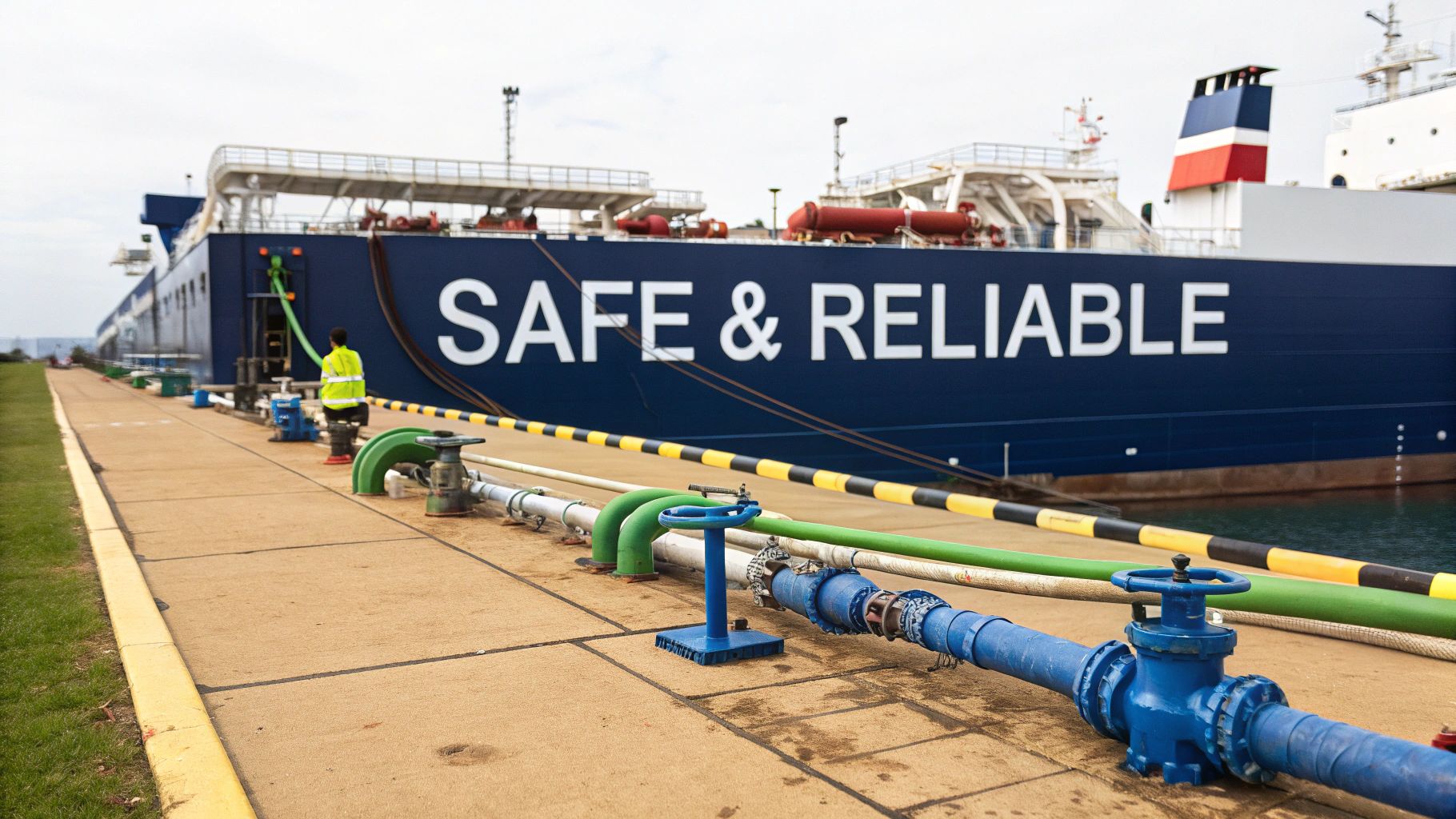
Your 5/16" marine fuel line is more than just a single part. It's a critical piece of a larger, interconnected system. Understanding how this system works is key for both performance and safety. This means thinking about the entire fuel journey, from the tank to the engine.
The Fuel System Ecosystem
A marine fuel system has many parts working together. The fuel tank holds the fuel. The 5/16 marine fuel line carries the fuel. The fuel pump creates the pressure to move the fuel. The engine uses the fuel to create power.
Other important parts include filters, water separators, and anti-siphon valves. These components work together to deliver a consistent flow of clean fuel to your engine.
Pressure Balance and Performance
Maintaining correct pressure balance within the system is essential. If the 5/16 fuel line is the wrong size for your engine, or if something is blocking the fuel flow, problems can arise. This imbalance can cause fuel starvation, vapor lock, or even damage the engine. A kinked fuel line, for instance, restricts flow and can cause the engine to stall.
System Integration Strategies
Good marine engineers carefully plan the fuel system layout. They think about the best place for components like filters and water separators. These need to be positioned to minimize restrictions while also being effective. The placement of the anti-siphon valve is also crucial to prevent backflow. It's similar to designing the plumbing in a house, ensuring water flows to every faucet at the right pressure.
The growing marine fuel injection market also emphasizes the need for reliable fuel lines. Driven by stricter emissions rules, manufacturers face challenges adapting fuel injection technology. You can learn more about this from MarketsandMarkets.
Real-World Scenarios and Diagnostics
Even small choices, like where to put a fuel filter, can have big impacts. Placing a filter too close to the engine can shorten its life due to heat. Diagnosing system problems means understanding how each part interacts with the others. This involves recognizing symptoms like pressure fluctuations, fuel leaks, or engine performance problems, and then finding the root cause.
Professional-Grade Solutions
Using professional-grade solutions is more than just swapping out old parts. It's about finding the source of the problem and preventing it from happening again. This might mean using high-quality fuel lines, adding a fuel polishing system, or following a regular maintenance schedule. This proactive approach not only fixes current issues, but prevents future ones as well.
Enhancing Performance and Safety
The ultimate goal of a good fuel line system is better performance and increased safety. A well-maintained system ensures the engine gets a steady supply of clean fuel. This leads to better fuel efficiency, fewer emissions, and a more dependable boating experience. Plus, a properly working fuel system lowers the risk of leaks or fires, keeping you safe on the water.
Extending The Life Of Your 5/16 Marine Fuel Lines
Extending the life of your 5/16" marine fuel lines isn't just about saving money. It's about the safety and reliability of your boat. A well-maintained fuel system means less worry and more time enjoying the water.
Inspection And Prevention: The First Line Of Defense
Regular inspections are key to catching small issues before they become big problems. Experienced marine mechanics stress the importance of a good visual inspection. Look for cracking, softening, or discoloration of the fuel lines. Check for tight connections at all fittings and clamps. These simple checks can prevent leaks and other hazards. A tiny crack, for instance, can lead to a fuel leak and a potentially dangerous situation if ignored.
Understanding environmental factors is also important. UV exposure can damage fuel lines, and ethanol in fuel can cause swelling and permeation. Using UV-resistant covers and ethanol-compatible fuel lines can significantly extend the life of your fuel system.
Seasonal Care: Preparing For All Conditions
A regular maintenance schedule, based on how often you use your boat and the environment, is essential for longevity. This includes flushing the fuel system at the end of each season to remove old fuel and prevent buildup. Proper winterization is also critical. Adding fuel stabilizer helps prevent gums and varnishes that can clog fuel lines and injectors. For more in-depth information, check out this resource on fuel line maintenance.
Knowing When To Replace: Recognizing The Signs
Even with the best maintenance, fuel lines eventually need to be replaced. Knowing the signs of wear is crucial for safety and preventing breakdowns. A persistent fuel odor, difficulty starting, or reduced engine performance can all point to fuel line issues. If you notice any of these, inspect your fuel lines carefully and replace them if necessary. This proactive approach keeps your boat running smoothly and helps avoid potentially dangerous situations.
Maintenance Schedules Based On Usage:
Here’s a simple guide for maintaining your 5/16" marine fuel lines:
- Frequent Use (Weekly or More): Inspect monthly. Replace every 3-5 years, depending on conditions.
- Moderate Use (Monthly): Inspect every 3 months. Replace every 5-7 years, depending on conditions.
- Infrequent Use (Seasonally): Inspect at the beginning and end of each season. Replace every 7-10 years, depending on conditions.
This is a general guideline. Always refer to your engine manufacturer's recommendations for specific maintenance intervals. Regular maintenance and knowing the signs of wear will maximize the life of your fuel lines and provide years of trouble-free boating. Remember, preventative maintenance is always the best strategy.
Solving Common 5/16 Marine Fuel Line Problems
Even the best marine fuel systems can experience issues. This guide, based on the expertise of experienced marine technicians, will help you diagnose and fix common problems with 5/16 marine fuel lines. You’ll learn to recognize the warning signs before they leave you stranded on the water.
Identifying Common Culprits
One of the most frequent issues is fuel line deterioration. Several factors contribute to this, including ethanol in the fuel, UV exposure from the sun, and simply the age of the line. Deterioration often appears as cracks, softening, or discoloration. Permeation is another common problem. This is when fuel seeps through the line itself, which can create a persistent fuel odor and a fire hazard. Finally, fitting issues, like loose connections or damaged fittings, can lead to leaks and pressure problems.
The Link Between Engine Performance and Fuel Lines
Many boat owners overlook the connection between engine problems and fuel line condition. A restricted fuel flow, often caused by a kinked 5/16 fuel line or a clogged fuel filter, can make the engine sputter, lose power, or even stall. Similarly, leaks can introduce air into the lines, causing similar performance issues. Recognizing these symptoms is key to finding the root cause.
Troubleshooting Techniques
Troubleshooting fuel lines requires a systematic approach. Begin by visually inspecting the entire line, from the fuel tank to the engine, looking for visible damage or leaks. If you suspect a leak but can't find it, try pressurizing the system. Listen for any hissing sounds that might indicate a leak. If you think the filter might be clogged, replace it to see if that solves the problem. Addressing these issues is often simpler than it seems.
Real-World Scenarios and Solutions
Imagine your engine sputters during a boat trip. A quick check reveals a kinked 5/16 fuel line. Simply straightening the line restores fuel flow and solves the problem. Another scenario might involve a persistent fuel smell. This could point to a permeated fuel line, which needs replacing. These examples highlight the importance of understanding common fuel line issues.
DIY vs. Professional Intervention
It's important to know when a repair is a do-it-yourself job and when to call a professional. Replacing a fuel line or tightening a fitting is often manageable for boat owners. However, more complex issues, like diagnosing a fuel pump problem or fixing a complicated leak, are best left to a qualified marine mechanic. Knowing your limits can save you time, money, and potential headaches.
Emergency Repair Techniques
Being prepared for emergencies on the water is essential. Carrying a few key items, like a length of 5/16 marine fuel line, hose clamps, and a basic repair kit, enables temporary fixes on the water. A small leak, for instance, can be temporarily patched with fuel-resistant tape until a permanent repair can be made. These simple precautions can be invaluable in an emergency.
Ready for a stress-free and spill-free fueling experience? CLiX Fueling Solutions, manufactured in the USA, provides automatic shutoff to prevent overfills, protecting both your boat and the environment. Visit CLiX Fueling Solutions today to improve your fueling process.

